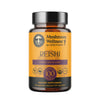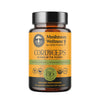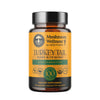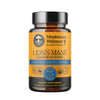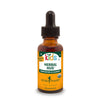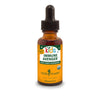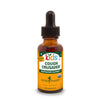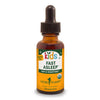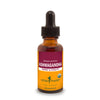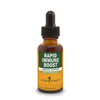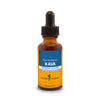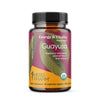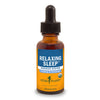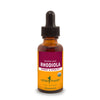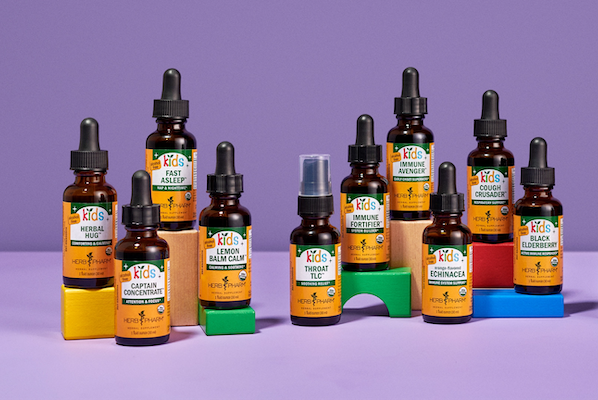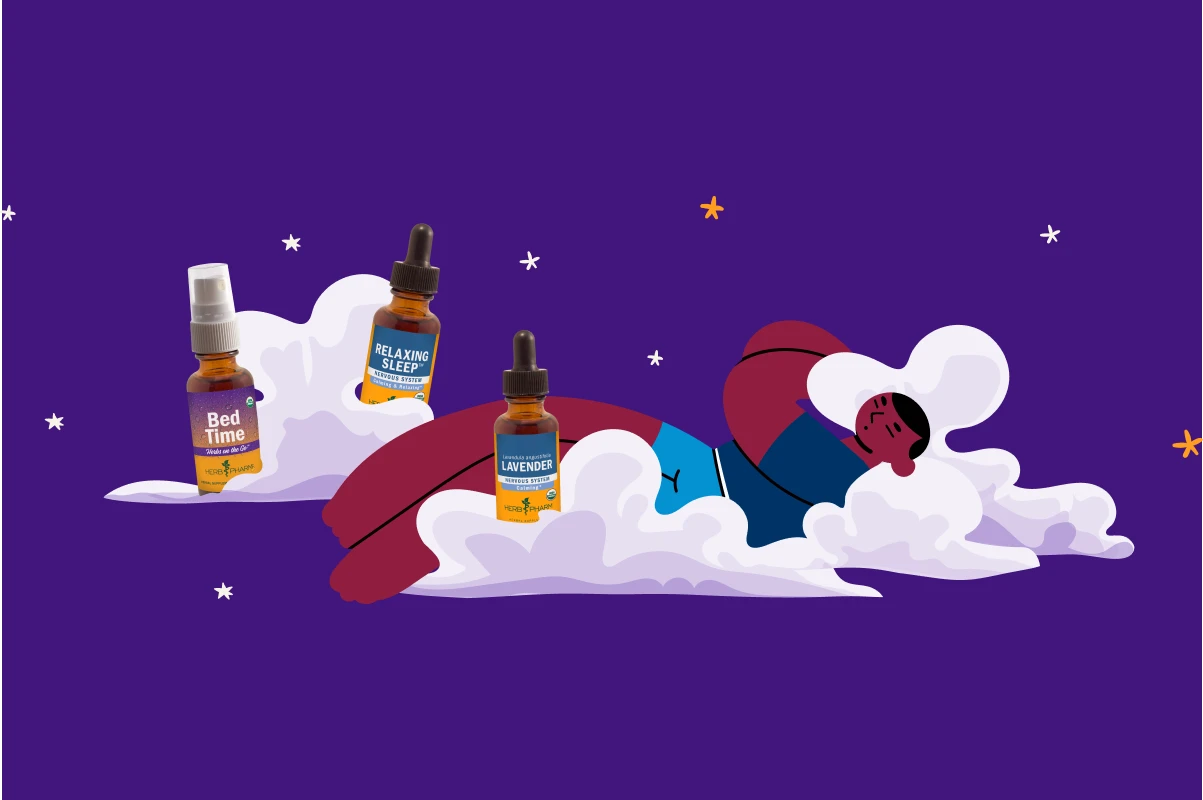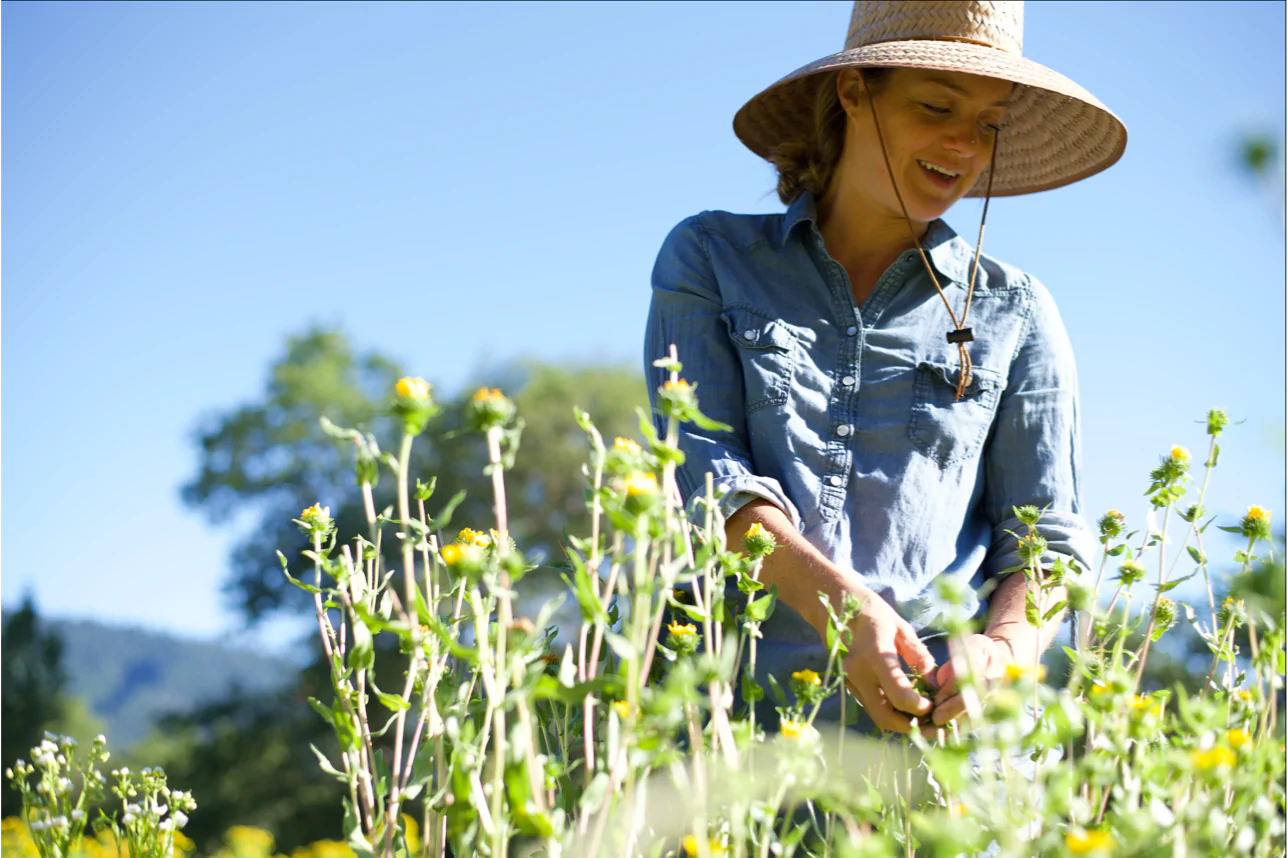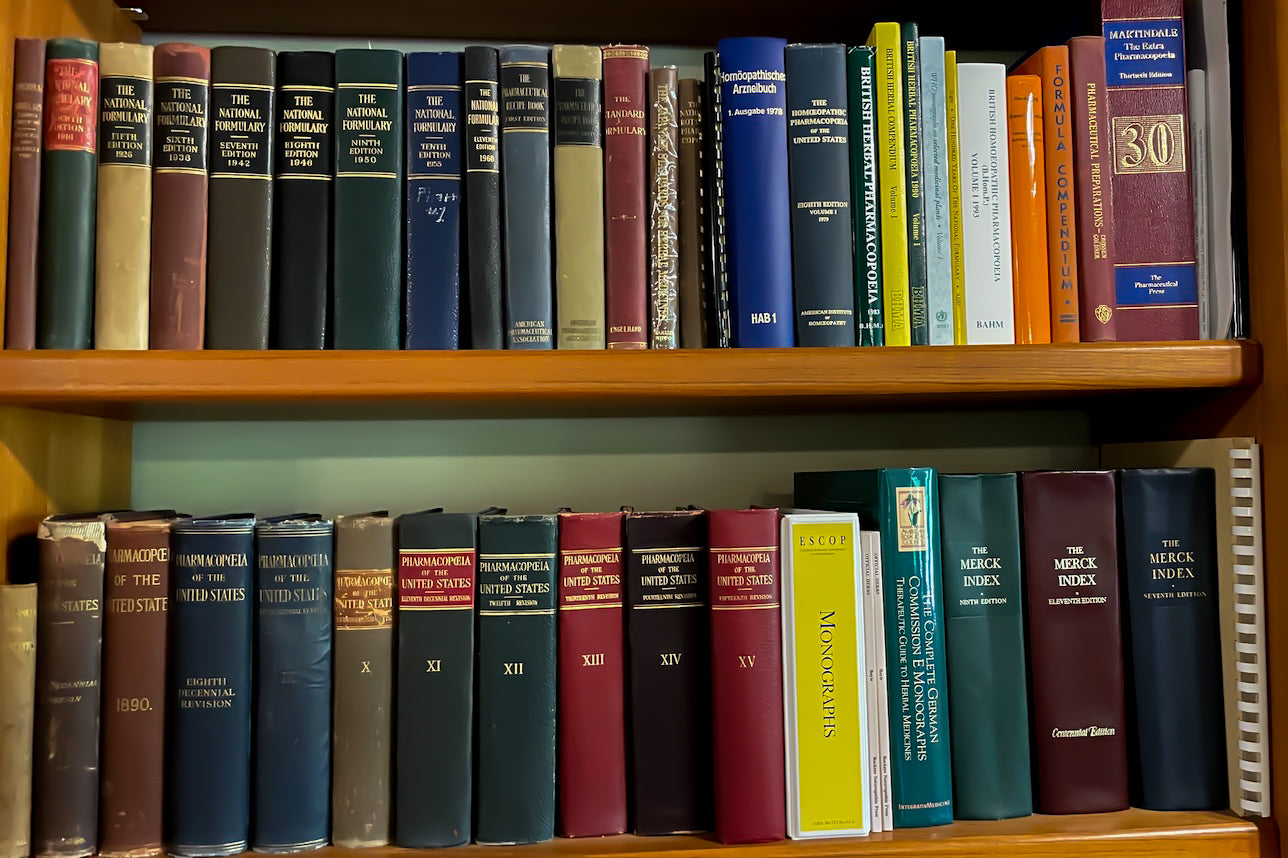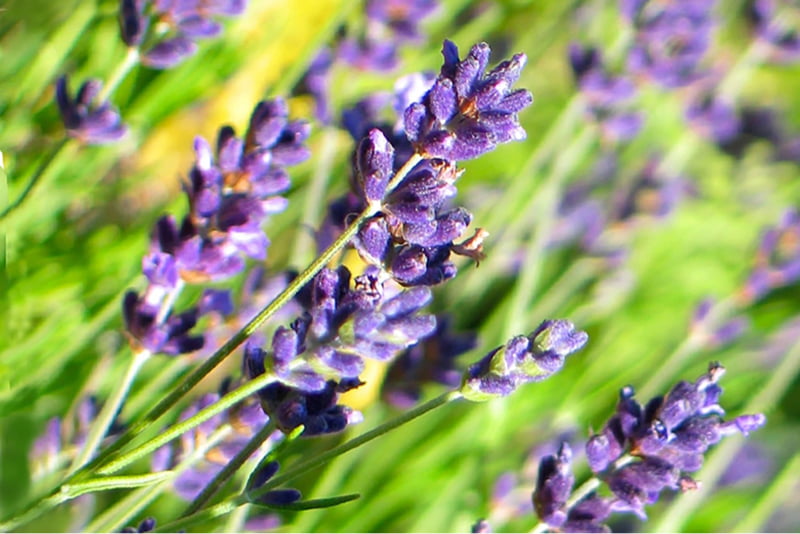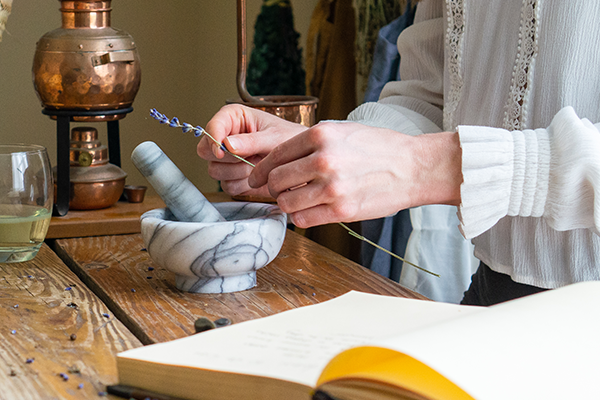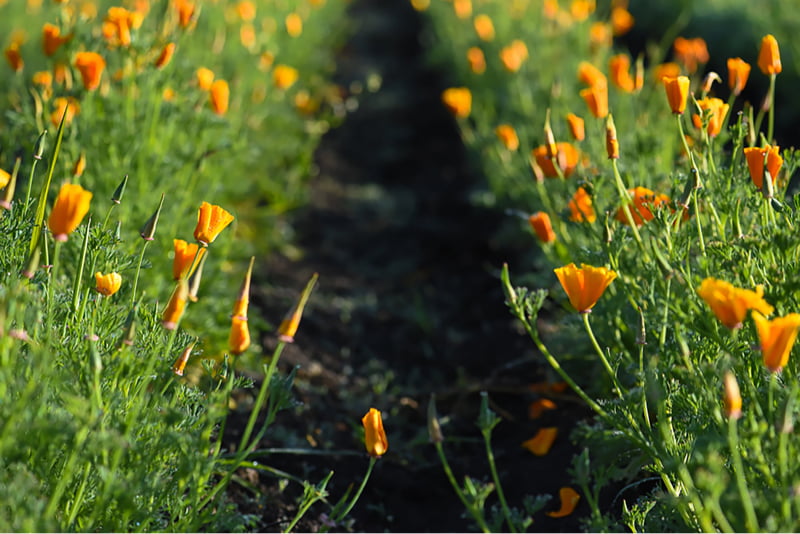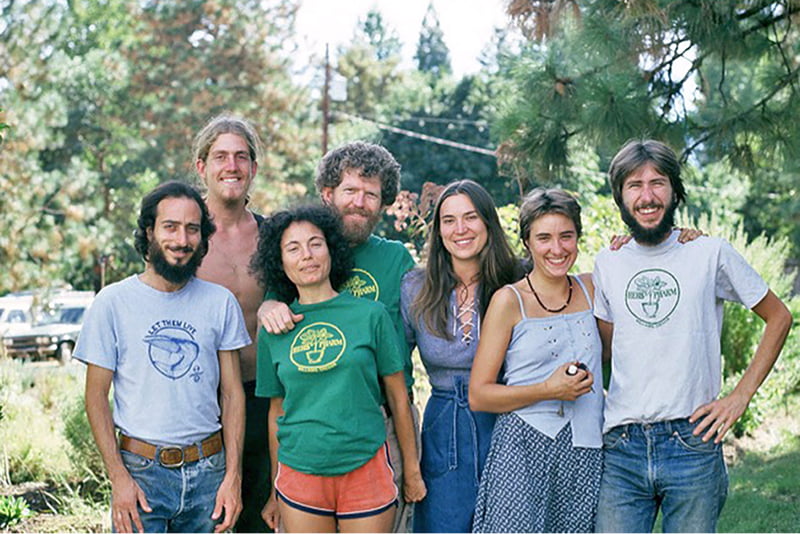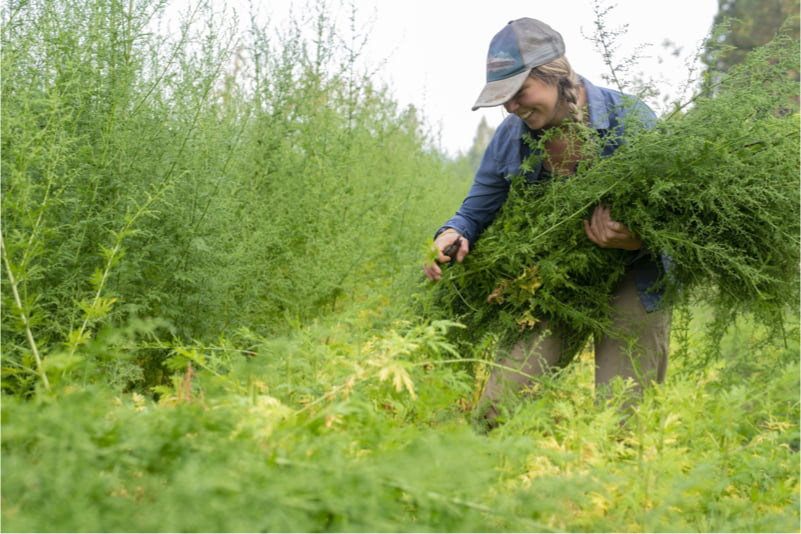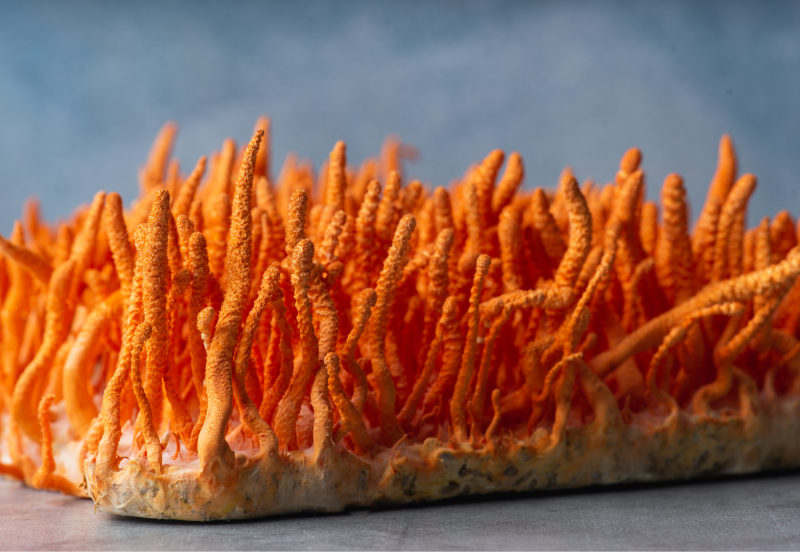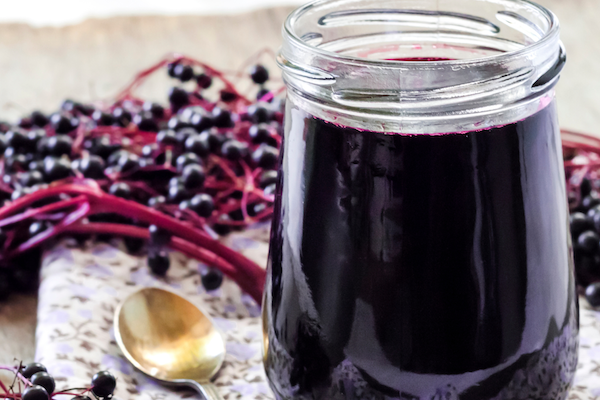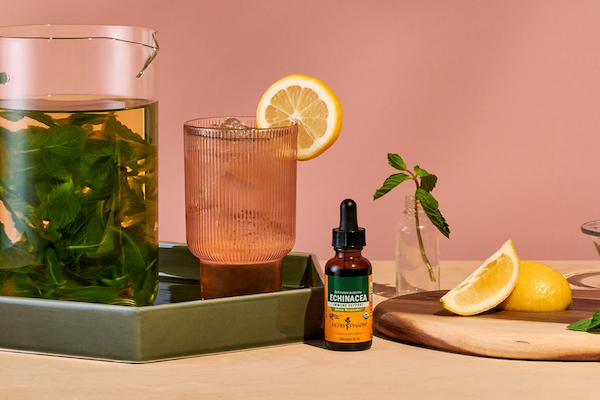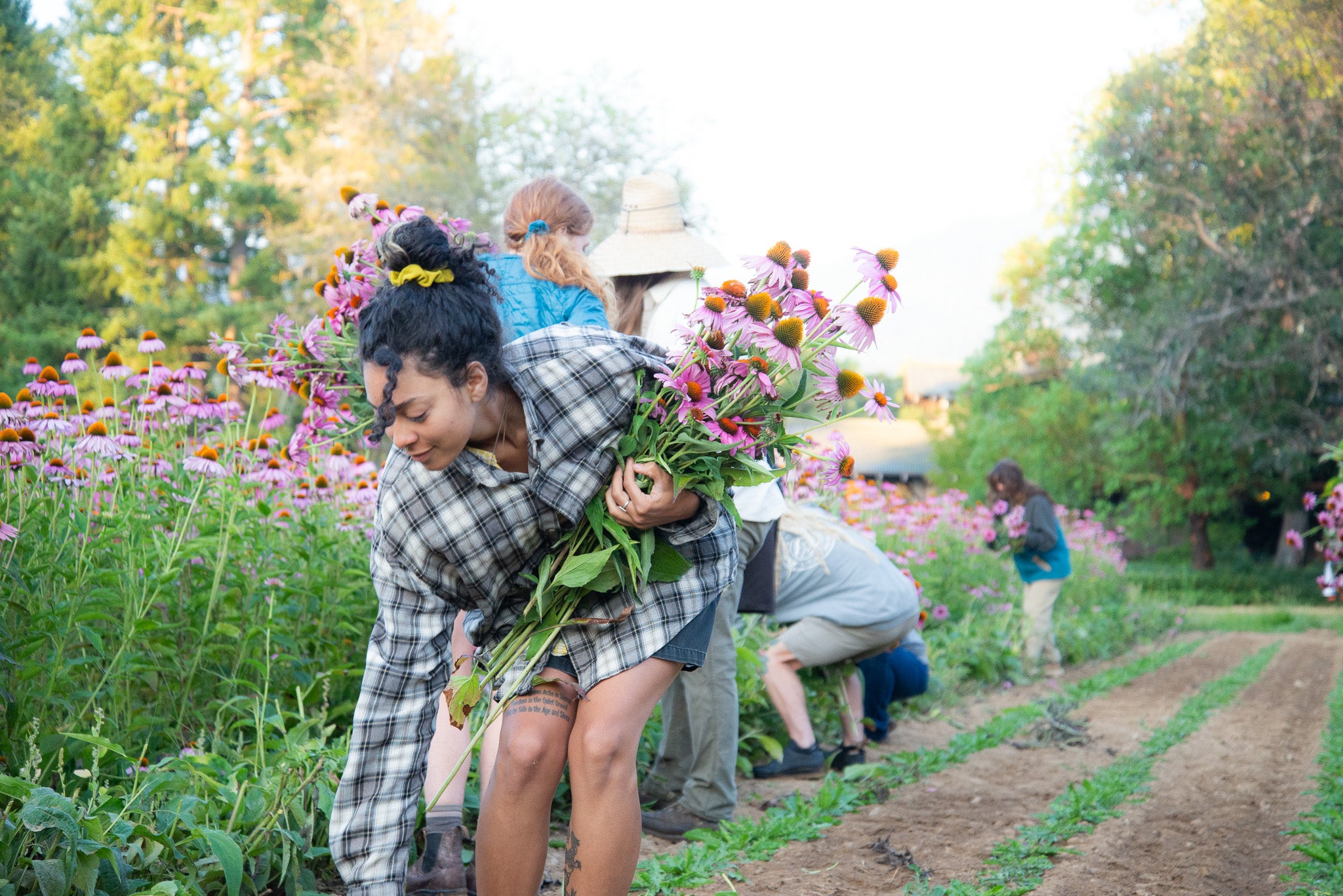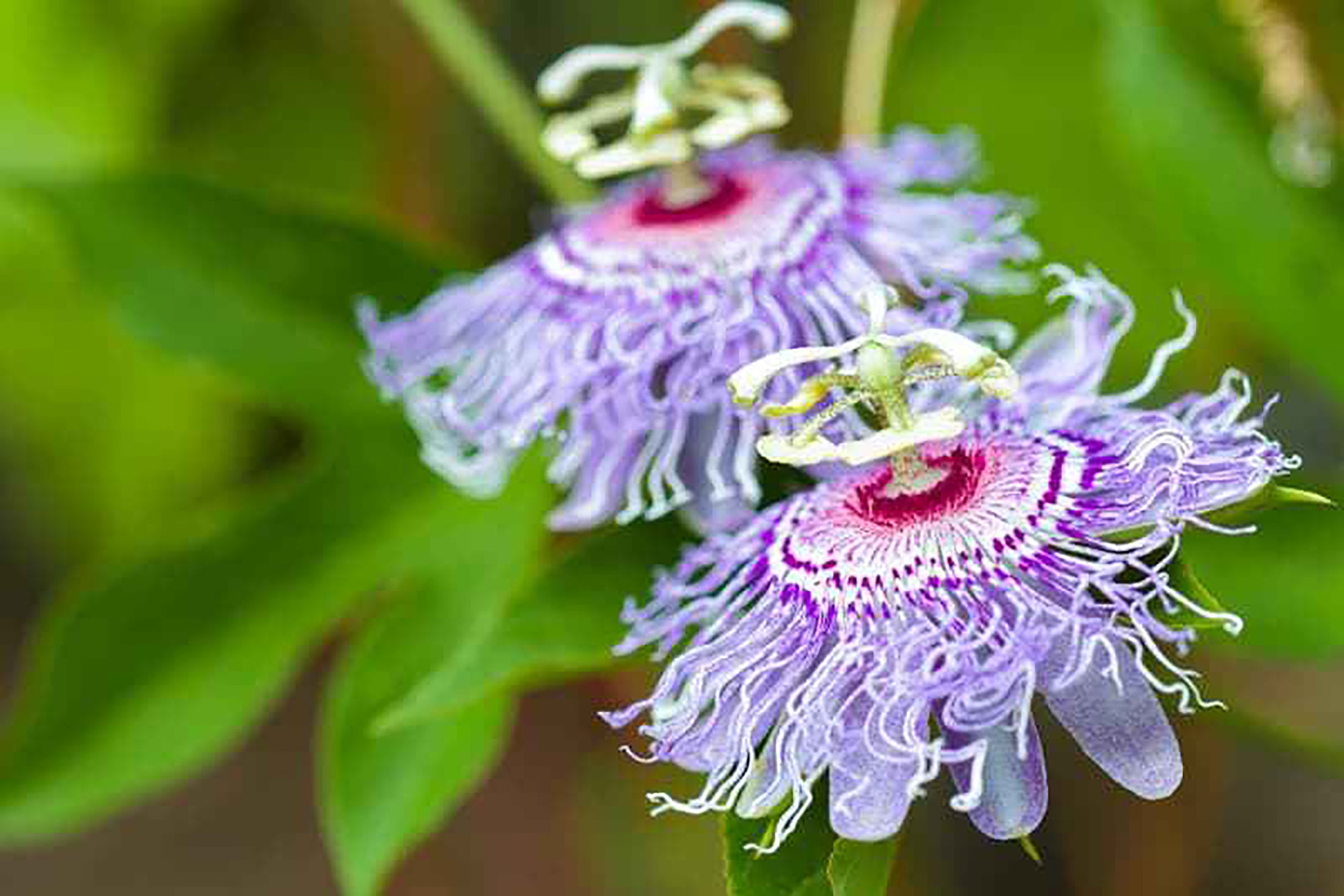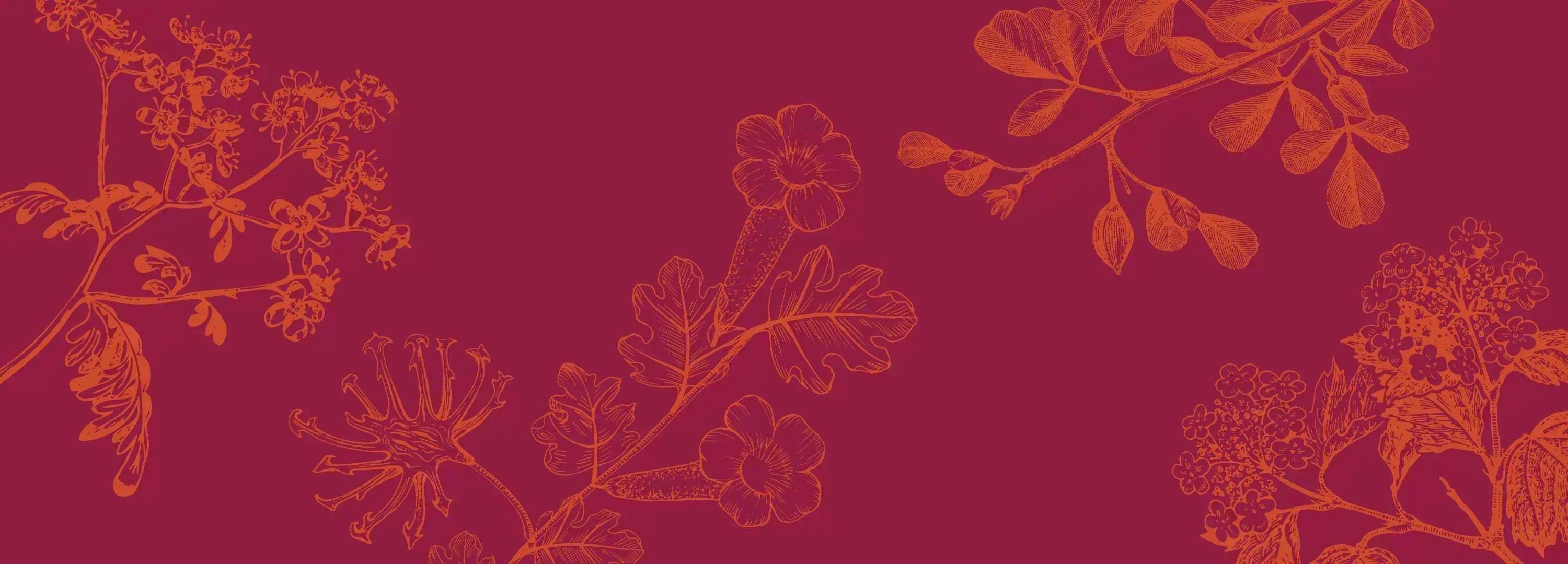
Herbal KnowledgeJan 29, 2025
4 Herbs Used in Black Herbalism
Herbalism practices and plants often cross cultures and traditions. Some of the plants used in Western
herbalism entered our knowledge base via Africa, both during ancient times and, undeniably, during slave
trade and colonialism. In honor of Black History Month, we’re taking a closer look at four herbs used in the
West that have rich histories of use in African and Indigenous herbalism, as a way to honor the roots of
those herbal traditions. Beyond health, many of these plants have deep spiritual connections.
This article is written by Sasha Brown, one of our
Herbalists and Product Specialists on the Botanical Affairs Team. Here she shares thoughtful research and
insights into the history of African American herbalism.
Viburnum opulus
While Cramp Bark (Viburnum opulus) has been naturalized in North America, northern Africa is among
its native habitats.8 In the West, we use the bark as traditional support for the
musculoskeletal system. However, the whole roots serve spiritual purposes, including help in conjuring
spirits. In Hoodoo practices, the plant known as “Devil’s Shoestring” is used to protect the home and
carried for good luck when gambling or job searching – or to help you get out of
trouble.2,6,11*
We source only responsibly wildcrafted Cramp Bark from Kentucky, which
is hand-harvested in the spring or fall then carefully shade-dried before extraction.
Harpagophytum spp.
Native to southern Africa, Devil’s Claw (Harpagophytum spp.) offers support for the
musculoskeletal system. In the Yoruba religion and others, the plant is used by heavenly spirits known
as Orishas that uplift and purify human nature, providing support in times of weakness.10 In
the Ifá religion, the plant is sometimes placed on holy altars.10*
We source only responsibly wildcrafted Devil’s Claw from South
Africa, from partners who follow strictly enforced sustainable harvesting practices.
Commiphora spp.
Myrrh (Commiphora spp.) is a resinous sap that’s been used as incense since ancient
times.3,4 In addition to its use in fragrant oils and perfumes, Myrrh is used to bless and
purify the spirit, in prayer and other rituals.3,4
Native to Ethiopia, Kenya, Oman, Saudi Arabia, and Somalia, we source ours from its habitat
in eastern Africa.4 Myrrh is harvested from incisions in the tree’s trunk,
allowing it to continue to grow. It offers traditional support for the immune system.*
Ruta graveolens
Rue (Ruta graveolens) is a plant we grow on our farms in Oregon, and it has herbal roots
stretching from Ethiopia to the Andes Mountains. The herb is commonly used in Ethiopian coffee
ceremonies, and it’s listed as an ingredient in two of the world’s oldest cookbooks.5,9 Rue
is also mentioned in one of the oldest herbalism books, Dioscorides' De Materia Medica.
The herb lends its musky, pungent flavor to cheese and berbere spice blends, and it’s used as a spiritual
purifying herb in bathing rituals in Afro-Brazilian regions.9
On a day celebrating “Earth Mother,” certain Indigenous communities in the Andes drink a mixture of
sugarcane and Rue to bring health and luck in the coming year.9
It supports optimal well-being.*
References
- [1] Thorne Research, Inc. (2008). Harpagophytum procumbens (Devil’s Claw) Monograph. Alternative
Medicine Review (AMR), 13(3), 248-252.
- [2] Bird, S. (2010). The big book of soul: The ultimate guide to the African American spirit. Hampton Roads
Publishing Company, Inc.
- [3] Bird, S. (2024). 365 Days Of Hoodoo: Daily Rootwork, Mojo & Conjuration. Llewellyn Publications.
- [4] Geist, L. (2022). Frankincense and myrrh: Ancient scents of the season. University of Missouri
Extension.
- [5] Grime, W. (1979). Ethno-botany of the Black Americans. Reference Publications.
- [6] Lee, M. (2014). Working the roots: Over 400 years of traditional African American healing. Wadastick.
- [7] Lukas, F. (2022, December 15). Sustainable harvest of Devil’s Claws restores hope. United Nations Development
Programme (UNDP).
- [8] SB Johnny. (2015). Cramp
Bark – Viburnum opulus. Root Buyer.
- [9] Samuels, N. (2024). The Encyclopedia Of Rootical Folklore: Plant Tales From Africa And The Diaspora.
Scorched Earth Pr.
- [10] Sawandi, T. (2016). African Medicine: A complete guide to Yoruba healing science and African herbal
remedies, 2nd edition. CreateSpace Independent Publishing Platform.
- [11] VanDyke, L. (2022). African American herbalism: A practical guide to healing plants and folk. Ulysses
Press.
